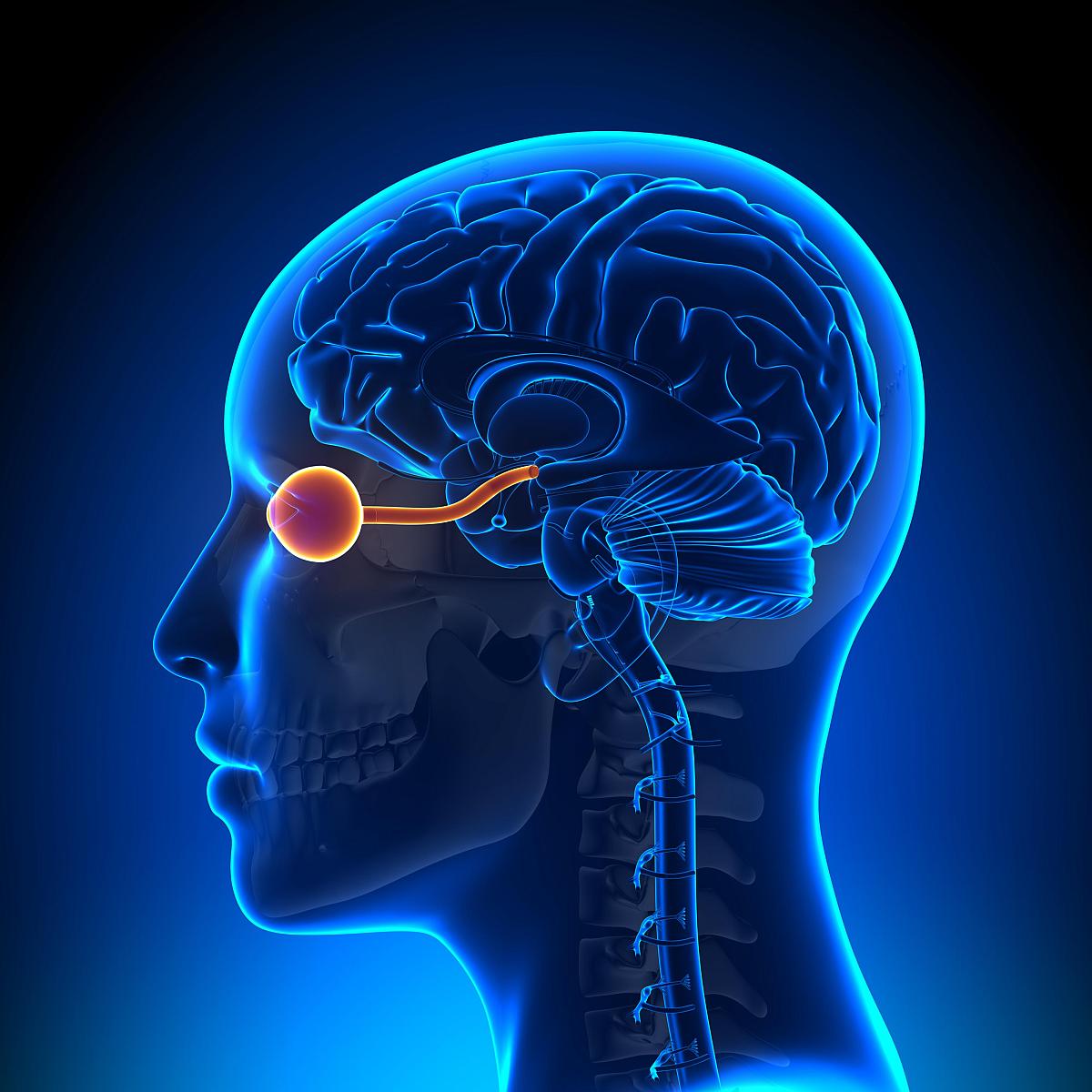Initiative Objectives
Sharon Eccles Steele Center for Translational Medicine (SCTM) Executive Director Gregory S. Hageman, PhD, pictured at left, leads this initiative, which works to understand the biology of glaucoma to develop effective therapies.
Using unique resources, the SCTM fast tracks drug development by focusing less on academic publishing and more on bringing together university departments, international academic collaborators, philanthropists, and private industry.
This initiative uses the SCTM’s collection of nearly 10,000 eyes from human organ donors to compare glaucoma-diseased eyes to healthy ones. It is also studying glaucoma patients enrolled in a robust macular degeneration clinical study that collects genotype, phenotype, and retinal images. Researchers cross-reference their data with the Utah Population Database, a rich resource supporting health and genetic research that contains genealogical, public health, medical, and environmental exposure records for more than 20 million people.

Understanding Glaucoma Genetic Risks
One of the greatest risk factors for glaucoma is a person’s genetics, or family history of the disease. More than 50% of glaucoma is believed to be familial, and the rate of glaucoma can be 10 times higher among individuals who have a sibling with glaucoma. Glaucoma shares several features with other degenerative brain diseases like Alzheimer’s, Parkinson’s, and Lou Gehrig’s disease, which damage specific areas of the brain over time and where age and genetics are significant risk factors.
The initiative plans to explore a potential connection noticed during SCTM research: genetic variants on chromosome 1 that increase a person’s risk for developing AMD also appear to increase a person’s risk for developing glaucoma.
Research Collaborations
The Utah Retinal Reading Center (UREAD), directed by SCTM scientist Steffen Schmitz-Valckenberg, MD, plays a significant role in the research. UREAD is one of a handful of ophthalmic reading centers worldwide.
Analyzing high-definition images of the retina, the center helps determine how eye diseases progress and the best time to administer new therapies. Working with UREAD, the SCTM has conducted groundbreaking research that has clarified the genetic risks for and protections against developing AMD and shown how a patient’s genetics impacts rates of disease progression and vision loss.




